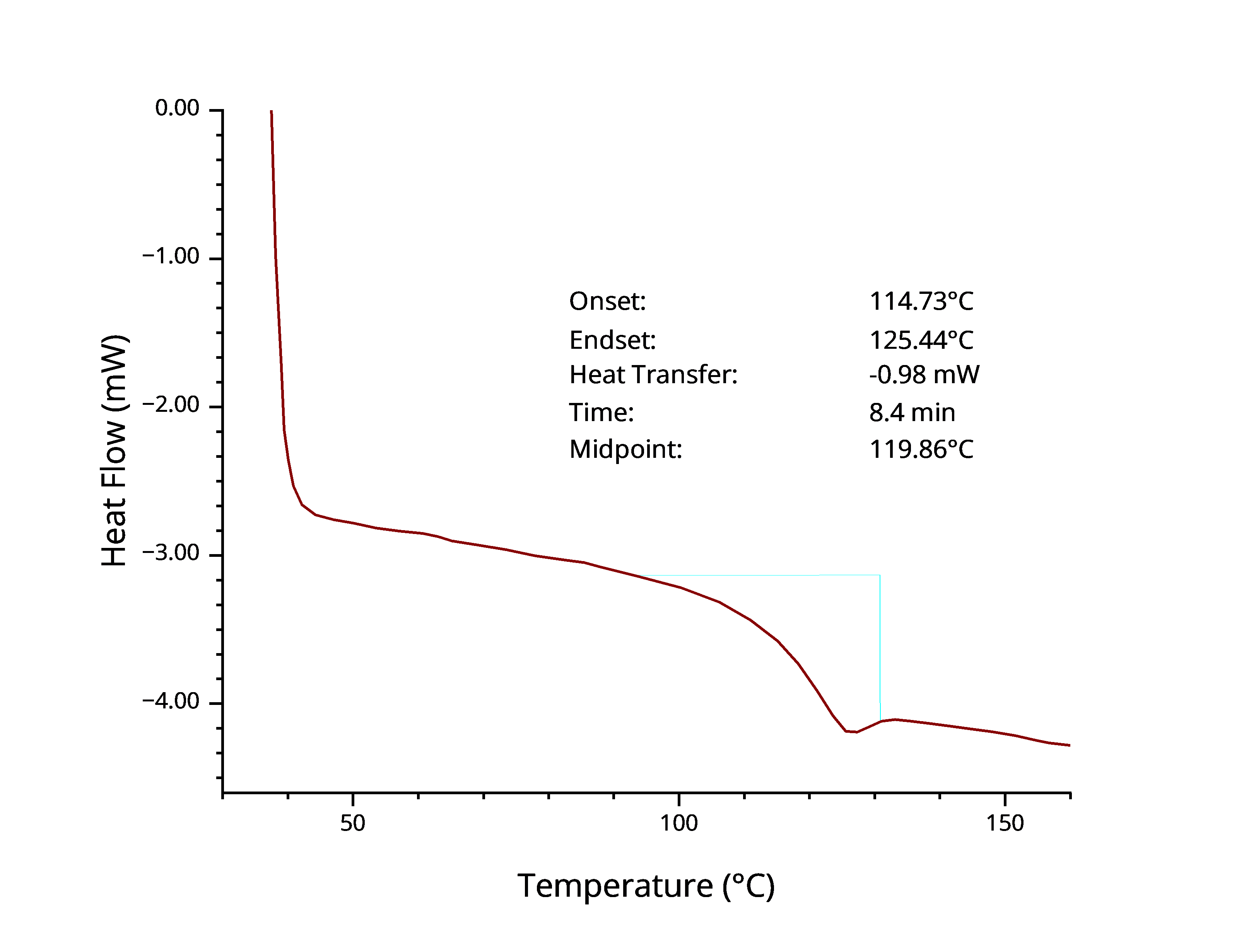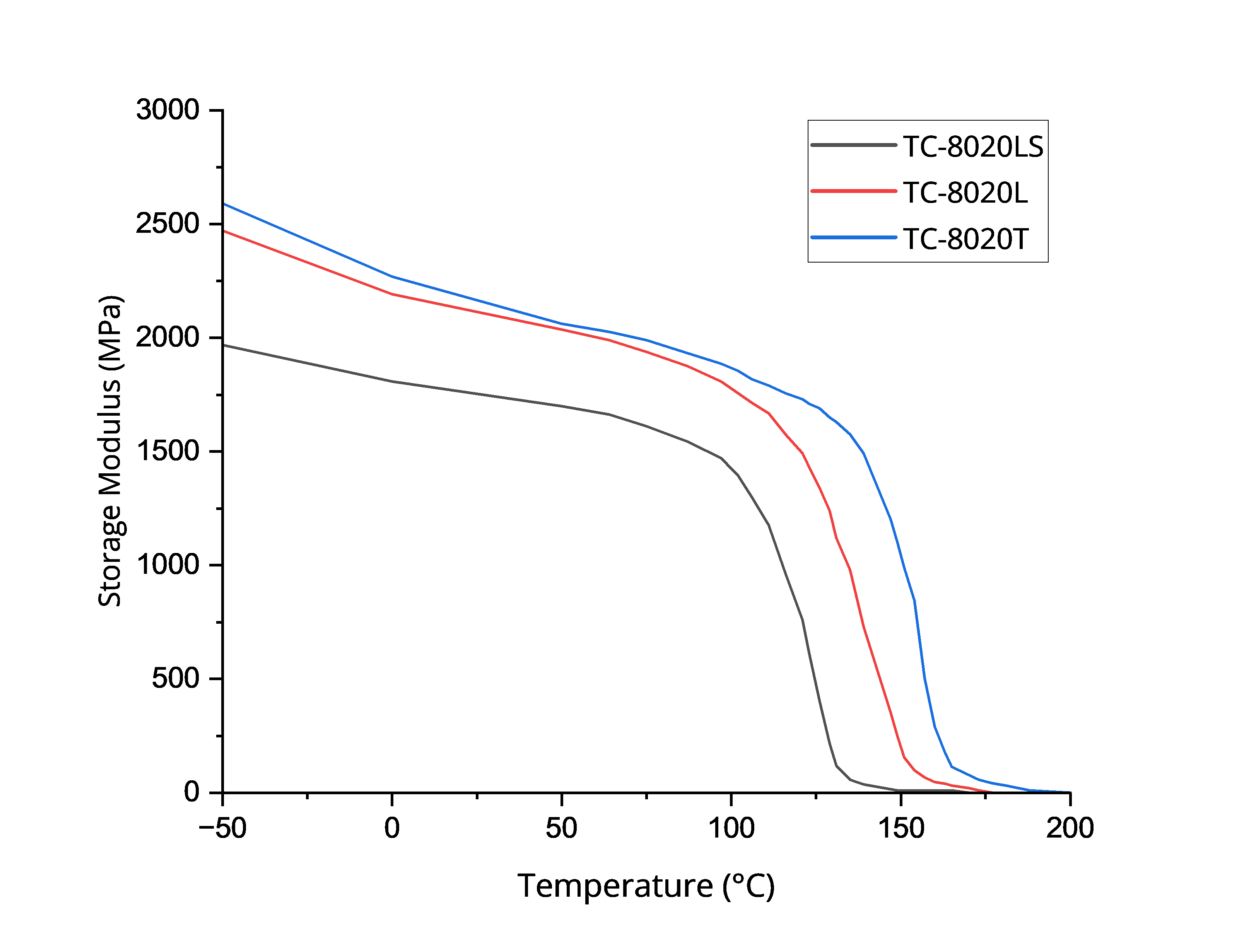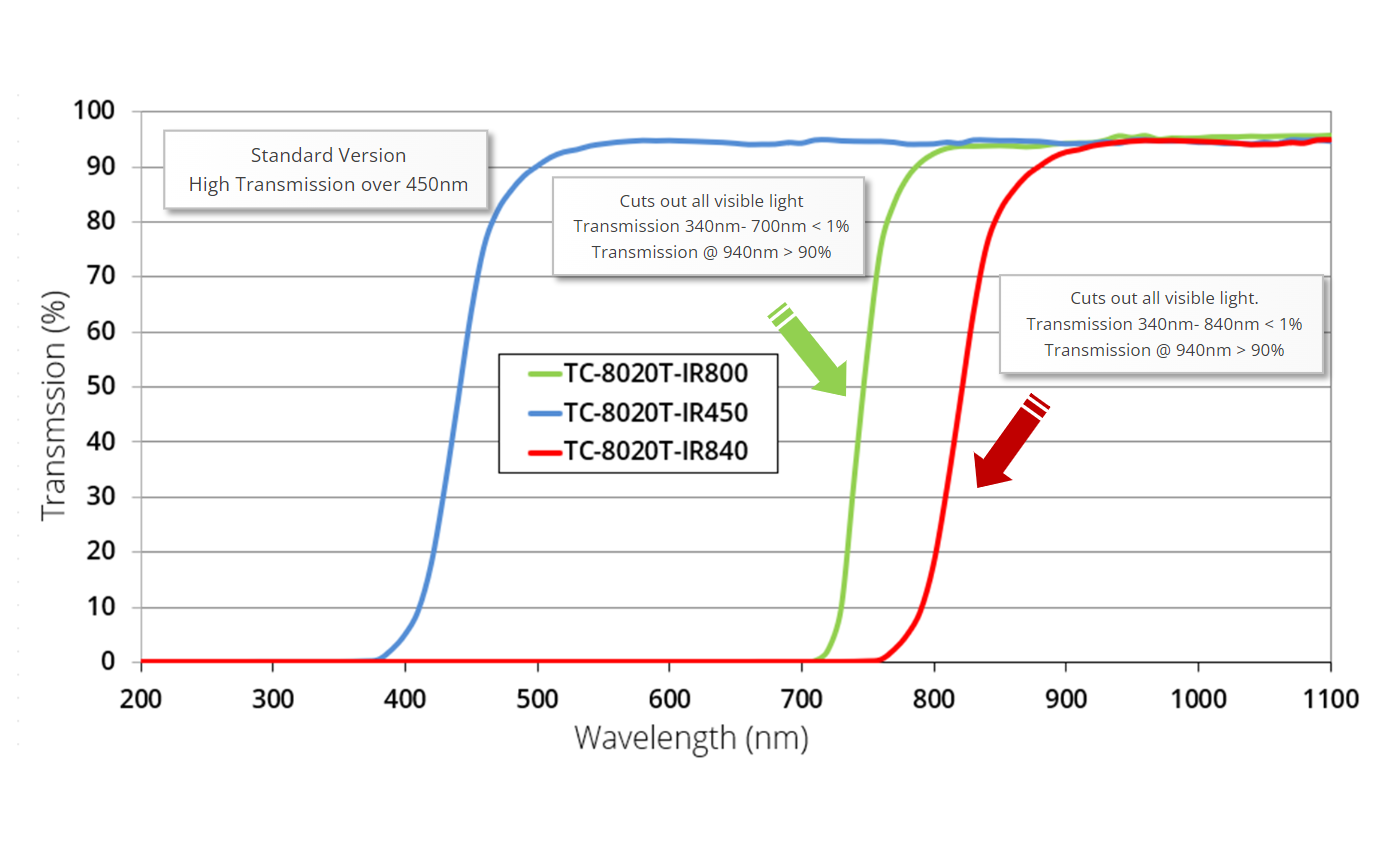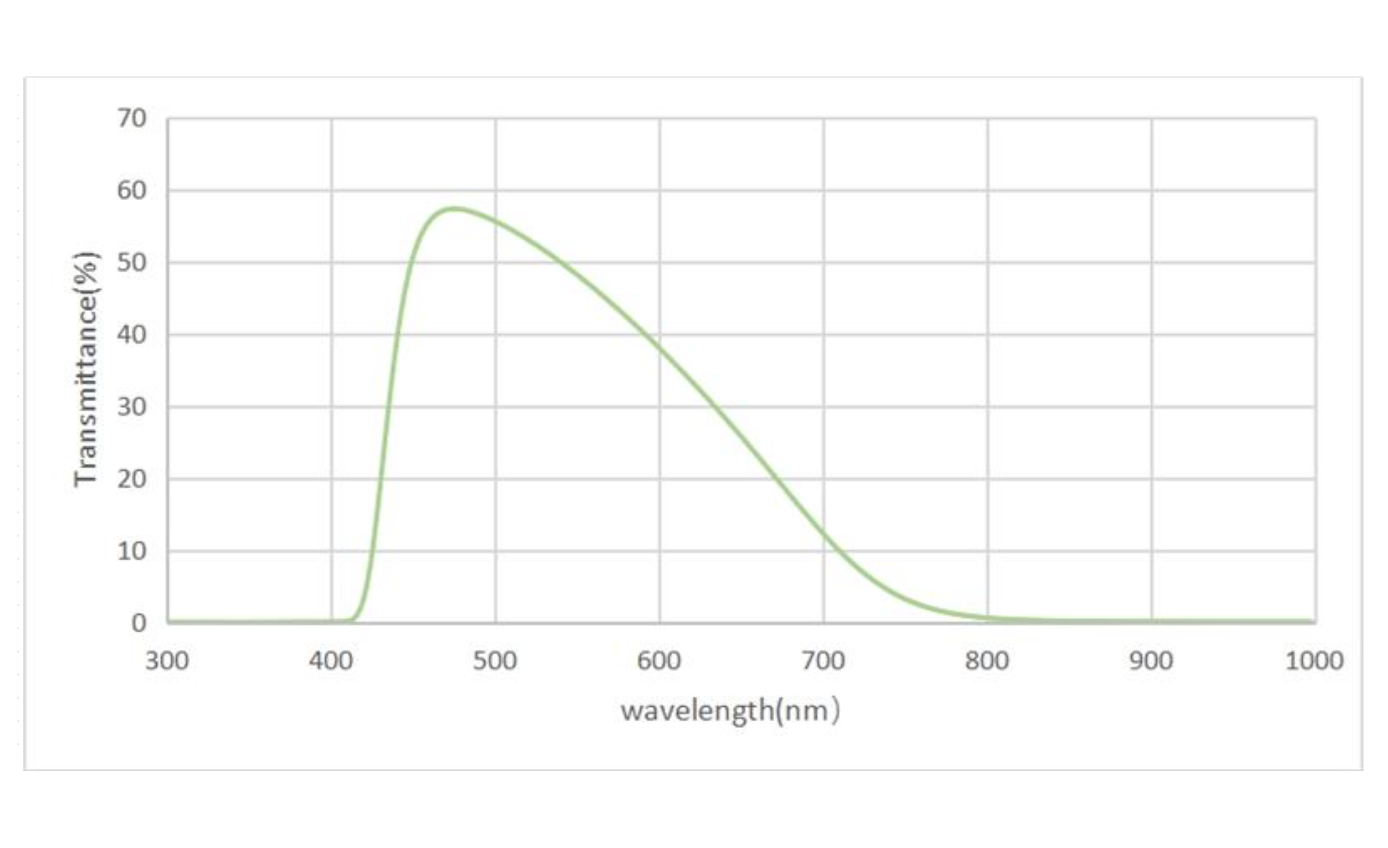TC-8020T | Optically Clear Molding Compound

- LED Encapsulation
- Optically clear
- Emitter and Detector encapsulation
Product Description
OPTOLINQ TC-8020T is a high transmission, one component, optically clear epoxy molding compound that is specifically developed for emitter and LED encapsulation. Its excellent fluidity design aids it to become easily mouldable and processable while offering excellent package performance and durability. This is supported by its long term transmittance and post reflow reliability.
OPTOLINQ TC-8020T is a single component epoxy with superior adhesion performance, transmittance and stability at high temperatures. It is mainly utilised to package single color (monochrome) LEDs, 7-segment LED displays, compact LED indicators, monochrome ChipLEDs and photo-links.It offers good adhesion to Bismaleimide Triazine - BT substrates and metal leadframes, good flexural modulus, and excellent anti-reflow performance while also passing the stringent MSL 3/2A JEDEC requirements. Check TC-8020T Internal Reliability Test Results.
Typical Applications
- Low-Power LED & Emitters
- Pulse Oximeter Sensors
- Ambient Light Sensors
- IR and Near-IR Sensors
- Data transmission and industrial fibers.
Versions Available
- Low-stress versions TC-8020L/LS (DMA modulus comparison)
- Self-release version TC-8020T-SR (Series property comparison)
- Optical filter versions TC-8020T-IR800/840 (Transmittance curve)
Comparable With: XX-18, XX-8524, XX-330H
Technical Specifications
| General Properties | |
| Refractive index Refractive index The refractive index determines how much the path of light is bent, or refracted, when entering a material. It is calculated by taking into account the velocity of light in vacuum compared to the velocity of light in the material. The refractive index calculation can be affected by the wavelength of light and the temperature of the material. Even though it is usually reported on standard wavelengths it is advised to check the TDS for the precise test parameters. | 1.56 |
| Specific Gravity Specific Gravity Specific gravity (SG) is the ratio of the density of a substance to the density of a reference substance; equivalently, it is the ratio of the mass of a substance to the mass of a reference substance for the same given volume. For liquids, the reference substance is almost always water (1), while for gases, it is air (1.18) at room temperature. Specific gravity is unitless. | 1.23 |
| Mechanical Properties | |
| Molded Shrinkage | 1.6 % |
| Chemical Properties | |
| Moisture absorption | 0.45 % |
| Water Absorption | 0.17 % |
| Curing Conditions | |
| Transfer Pressure | 10 - 40 kg/cm2 |
| Transfer Time | 20 - 50 s |
| Physical Properties | |
| Spiral Flow @ 175°C | 150 - 250 cm |
Additional Information
| PROPERTY | UNIT | TC-8020T | TC-8020L | TC-8020LS | TC-8020T-SR |
| Viscosity | cP | 300 | 300 | 200 | 300 |
| Spiral Flow @150°C | cm | 150-250 | 150-250 | 150-250 | 150-250 |
| Hot Plate Gel Time @150°C | sec | 20-40 | 25-50 | 20-50 | 20-40 |
| Glass Transition Temperature | °C | 125 | 115 | 95 | 125 |
CTE by TMA, α1 CTE by TMA, α2 | ppm ppm | 70 170 | 70 170 | 70 220 | 70 170 |
Moisture Absorption PCT 24 hrs @25°C water 24 hrs @121°C, 2atm, 100%RH |
wt% wt% |
0.17 3.2 |
0.16 3.2 |
0.17 3.8 |
0.17 3.2 |
Flexural Strength @25°C Flexural Modulus @25°C | MPa Mpa | 130 3000 | 130 2900 | 110 3100 | 130 3000 |
yellowing Δb - 4 hrs @200°C yellowing Δb - 30 min @280°C yellowing Δb - 4 hrs UV | - | 5 33 11 | 8 42 16.5 | 25 45 16.5 | 5 37 11 |
| Transmittance 1mm @450nm | % | >90 | >90 | >90 | >90 |
| Refractive Index @633nm | - | 1.56 | 1.56 | 1.56 | 1.56 |
| Comment | Standard Item for through-hole and surface mount component | Low stress version for better reflow performance | Low stress for balanced reflow and thermal shock test performance | Self-release technology without compromising key properties |
TC-8020L/LS shows lower modulus at 150℃ and -50℃, which improves performance in thermal cycling and thermal shock tests.
 TC-8020T DSC Curve
TC-8020T DSC Curve TC-8020T DMA Data Curve
TC-8020T DMA Data CurveTransmittance wavelength window could be adjusted according to customers' specifications.
 Transmittance Curve: TC-8020T Cutoff Filter 1mm
Transmittance Curve: TC-8020T Cutoff Filter 1mm Transmittance Curve: TC-8020T Bandpass Filter 0.4mm
Transmittance Curve: TC-8020T Bandpass Filter 0.4mm
